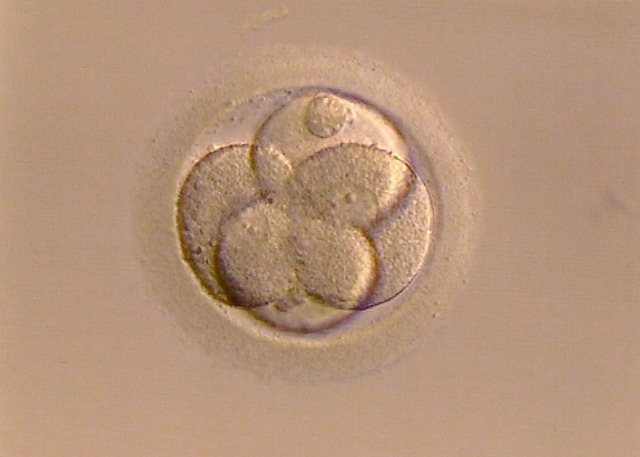A Closer Look at the Human Gene Editing Lab
By Karla Lant,
Futurism [cites CGS' Marcy Darnovsky]
| 08. 21. 2017
As the scientific community takes in the work of the team who edited the DNA of the human embryos this month, different opinions about the safety, efficacy, and potential of the technique abound.
THE GENE EDITING PROCESS
In a lab at Oregon Health & Science University, biologist Shoukhrat Mitalipov and a team of experts have been exploring and learning how to edit the DNA in human embryos efficiently and safely. This month, they announced their successful edit and correction of a mutation which causes a heart condition that can be fatal — hopefully the first landmark step of many on the road to preventing thousands of genetic diseases with editing.
To edit an embryo, a researcher will begin by taking a human egg and monitoring it on a computer screen. They will then inject, with a pipette, donor sperm and CRISPR, microscopic chemical sequences that act as a gene-editing tool, that is designed to make the precise desired edit. CRISPR then goes to work, slicing the target defect from the DNA. After this editing process, the scientists place the embryos...
Related Articles
By Jenny Lange, BioNews | 12.01.2025
A UK toddler with a rare genetic condition was the first person to receive a new gene therapy that appears to halt disease progression.
Oliver, now three years old, has Hunter syndrome, an inherited genetic disorder that leads to physical...
By Grace Won, KQED [with CGS' Katie Hasson] | 12.02.2025
In the U.S., it’s illegal to edit genes in human embryos with the intention of creating a genetically engineered baby. But according to the Wall Street Journal, Bay Area startups are focused on just that. It wouldn’t be the first...
By Pam Belluck and Carl Zimmer, The New York Times | 11.19.2025
Gene-editing therapies offer great hope for treating rare diseases, but they face big hurdles: the tremendous time and resources involved in devising a treatment that might only apply to a small number of patients.
A study published on Wednesday...
Several recent Biopolitical Times posts (1, 2, 3, 4) have called attention to the alarmingly rapid commercialization of “designer baby” technologies: polygenic embryo screening (especially its use to purportedly screen for traits like intelligence), in vitro gametogenesis (lab-made eggs and sperm), and heritable genome editing (also termed embryo editing or reproductive gene editing). Those three, together with artificial wombs, have been dubbed the “Gattaca stack” by Brian Armstrong, CEO of the cryptocurrency company...




